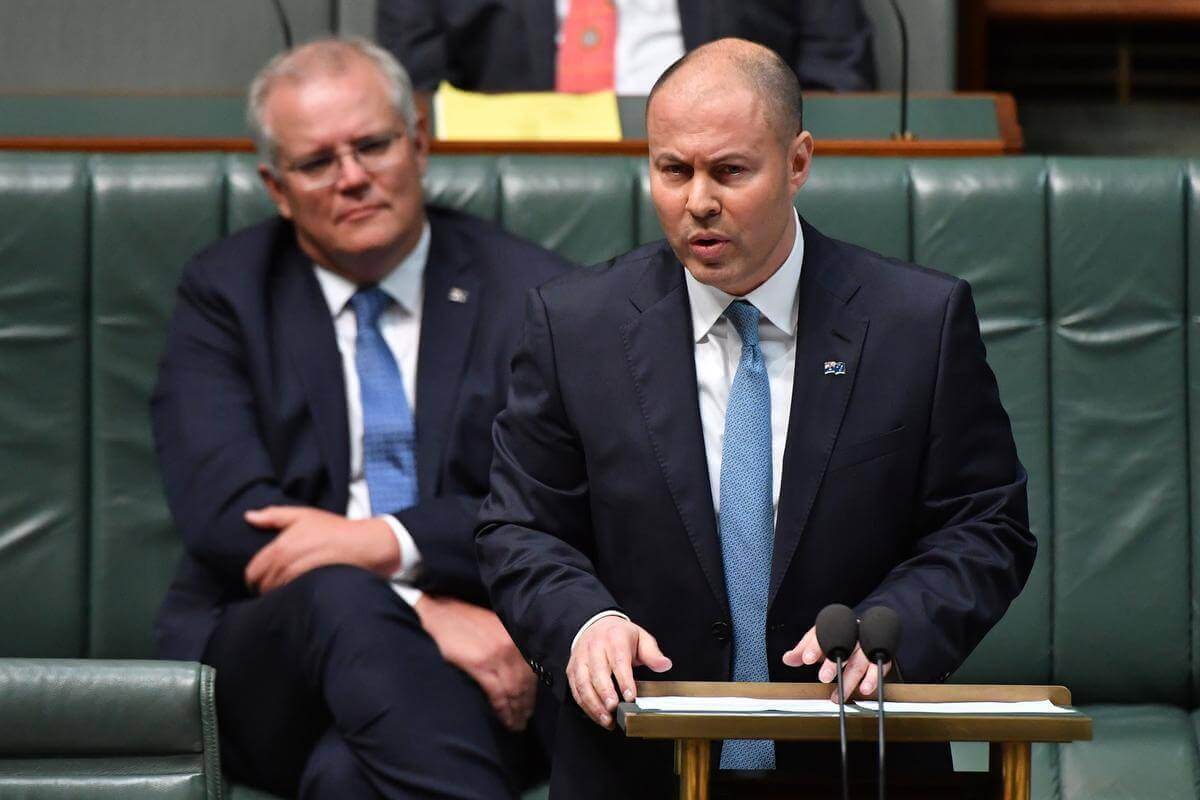Australian Treasurer Josh Frydenberg unveiled the Federal Government’s budget for the next year, with a focus on economic growth and unemployment forecasts, fiscal deficits, income taxes, healthcare, education, and infrastructure.
First and foremost, the economy is on course to contract by 3.75% this year, but grow by 4.25% in 2021. Next, the unemployment rate is set to rise to 8% by December and remain at a minimum of 6% until at least 2023. This economic downturn and coronavirus-induced immigration policy changes are likely to result in at least one million fewer people living in Australia.
These forecasts are, admittedly, based on the government’s understanding and hope that all Australians will be vaccinated against the coronavirus by the end of the next year. In late, August, Prime Minister Scott Morrison initially hinted that any prospective vaccine would be made mandatory. However, amidst some public backlash, just hours later, he revised his statement to say that the vaccine won't be mandatory but will be “widely encouraged” to reach a target to 95% immunization. A poll by Nine News found that 25% of Australians do not wish to get the vaccine once it becomes available.
The economic damage wrought by the coronavirus and possibly the bushfires as well is predicted to increase the country’s deficit to $213.7 billion in 2020-21, but is expected to decrease to $66.9 billion by 2023-24. Simultaneously, Australia’s net debt is forecasted to rise to $703 billion in 2020-21, or 36% of the GDP, and is set to continuously rise until June 2024, when it will peak at $966 billion, or 44% of the GDP.
In a bid to assist embattled businesses, the government will be provided instant asset write-offs to businesses with a turnover of up to $5 billion until June 30, 2022. This program encompasses 99% of businesses in the country, and is set to cost $26.7 billion. At the same time, small and medium businesses can “carry back losses incurred to June 30, 2022 to offset profits” recorded since 2018-19.
The lower limit for certain tax brackets has been increased to as to provide households with necessary financial relief. It is hoped that $50 billion in tax cuts, backdated to July 1, for both businesses and ‘low-and-middle-income earners’ will result in greater economic spending, to the tune of $12.5 billion over the course of the next year.
The Morrison administration foresees these measures creating 950,000 jobs over the next four years. In fact, it is providing businesses with additional financial incentives to hire young workers by subsidizing a portion of their salaries. The government is also empowering its JobMaker program with an additional $4 billion to realize this goal, and spending $1 billion on the JobTrainer program as well.
On the health front, the government is putting $1.7 towards coronavirus vaccine procurement and a further $24.7 million towards ensuring that there are enough syringes when the time comes. Away from the coronavirus, the government increasing the accessibility of mental health services by doubling the number of Medicare-funded psychological services from 10 consultations to 20 in a $5.7 billion program. At the same time, it will look to provide an additional 23,000 more aged care home packages as part of a $1.6 billion program to assist the elderly.
With education, Frydenberg revealed that the government will be putting $1 billion towards research funding for universities, and also providing wage subsidies for apprentices and trainees. Simultaneously, the government will spend $251.8 million on 50,000 new courses in agriculture, health, IT, science, and teaching.
The Treasury has also set aside at least $14 billion for infrastructural projects, aimed at building and upgrading roads, railways, bridges, footpaths, street lighting, dams, weirs, and pipelines.
It has also placed a renewed focus on the environment, by banning the export of paper, plastic, tires, and glass waste, and instead outlined a plan to create 10,000 jobs by ‘modernizing’ recycling.
Australian Treasury Unveils Federal Budget, Focus on Tax Cuts and Employment
These forecasts are based on the government’s hope that all Australians will be vaccinated against the coronavirus by the end of 2021.
October 7, 2020

IMAGE SOURCE: SAM MOODY / GETTY IMAGESAustralian Treasurer Josh Frydenberg
